Languages in contact: The influence of language activation and competing language patterns on translation performance
DOI:
https://doi.org/10.13092/lo.23.648Abstract
The two pilot studies described in this article, both part of a larger on-going project investigating multilingualism in a translation context, deal with separation of languages in translation students. At the same time, they demonstrate how multilingualism research can be integrated into the translation classroom. Within the framework of Grosjean's model (1997, 1998, 2001), the first study tests the influence on translation performance of preferentially activating one of the languages for the translation version Spanish (L2) into German (L1). The second assesses the transfer of structures from the dominant language in translating from German (L1) into English (L2). Despite the relatively small database, various inferences can be made about multilingual language processing in trainee translators.Downloads
Download data is not yet available.
Downloads
Published
2005-04-01
Issue
Section
Artikel/Articles
License
Copyright (c) 2005 Maureen Ehrensberger-Dow, Susanne J. Jekat

This work is licensed under a Creative Commons Attribution 4.0 International License.
How to Cite
Ehrensberger-Dow, M., & Jekat, S. J. (2005). Languages in contact: The influence of language activation and competing language patterns on translation performance. Linguistik Online, 23(2). https://doi.org/10.13092/lo.23.648


